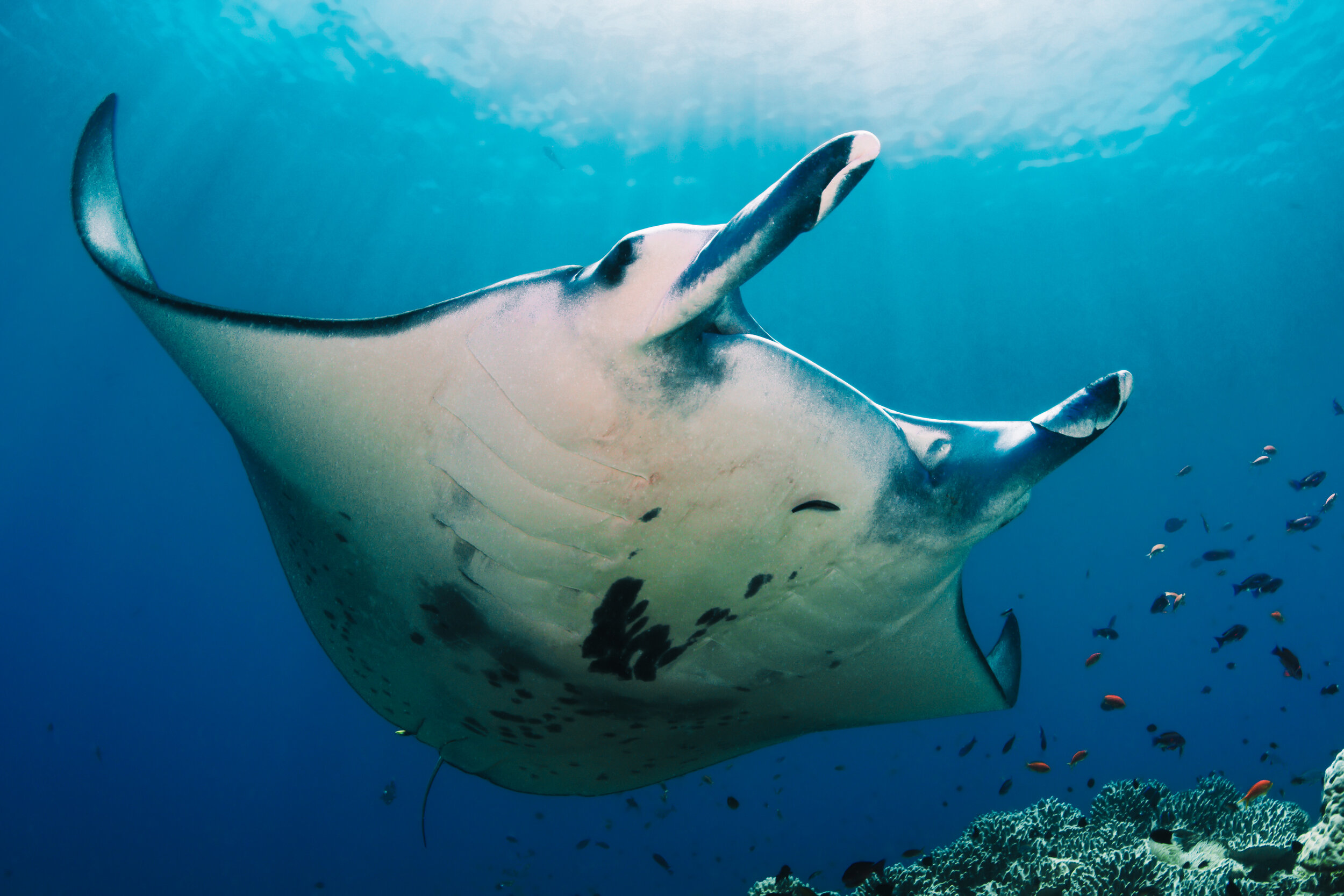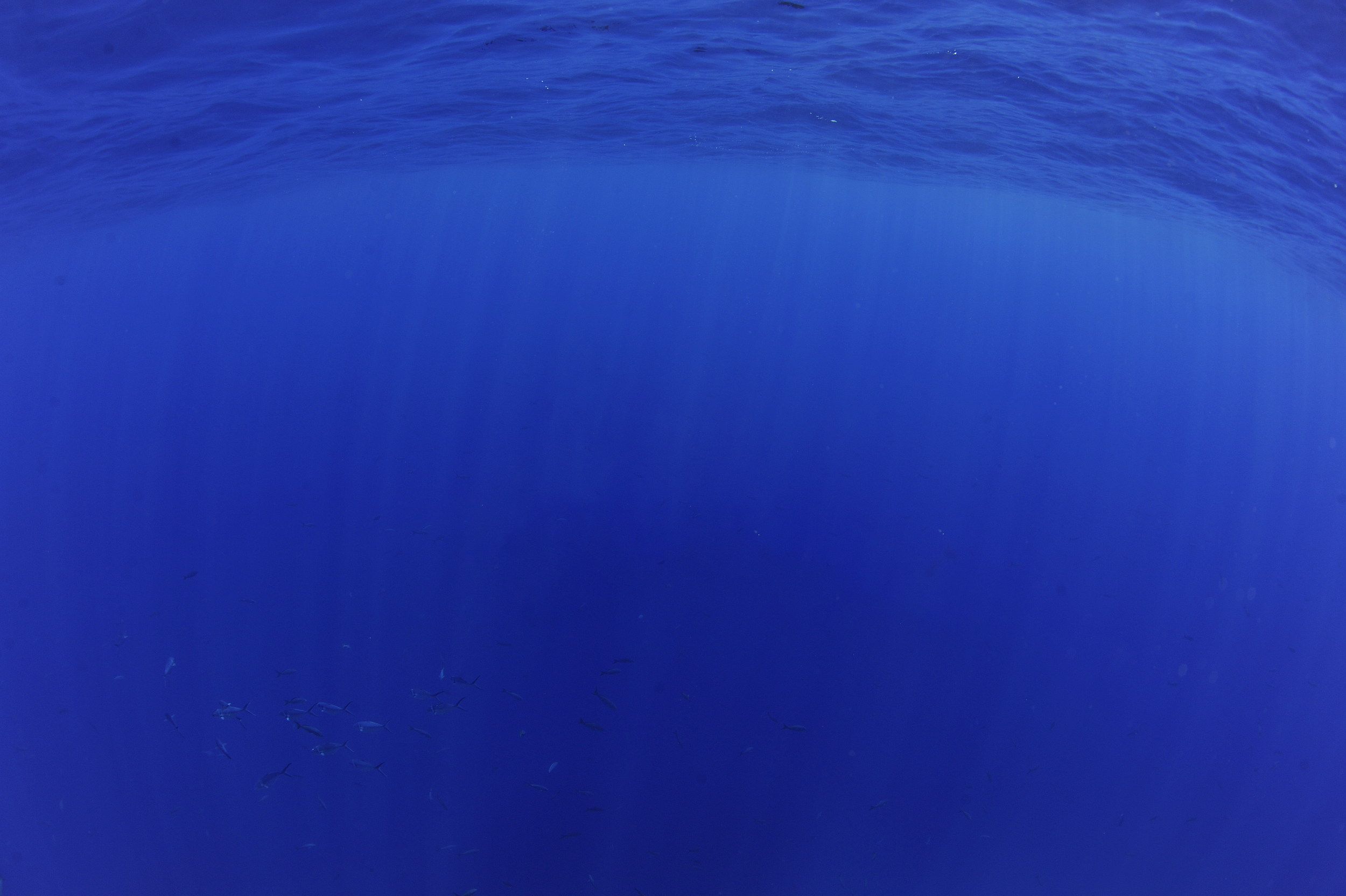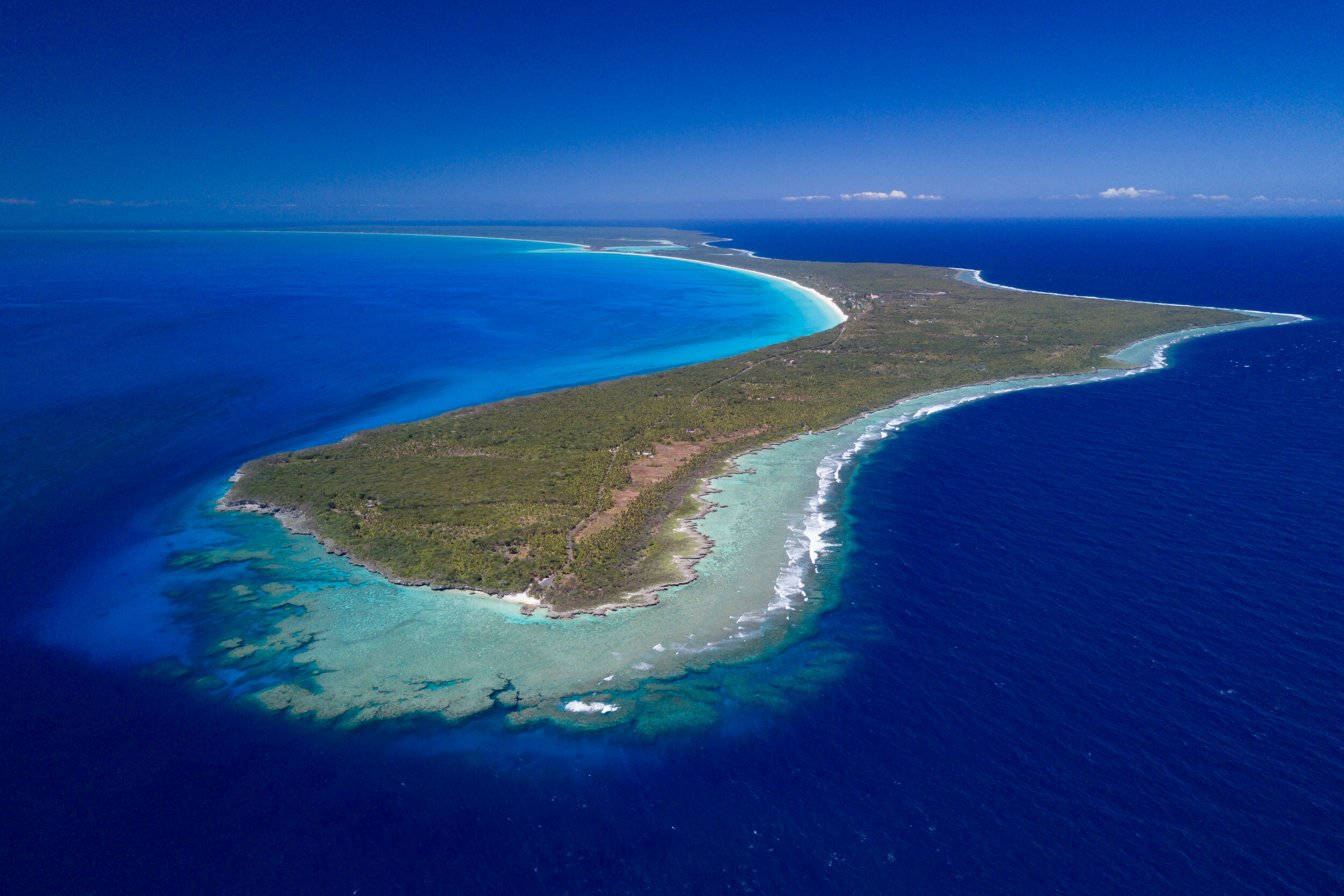
PROJECT OVERVIEW
The Manta Initiative in New Caledonia was created by The Manta Trust in 2015 in collaboration with Conservation International and the Aquarium des Lagons. The project aspires to take a collaborative approach, involving government, institutions, businesses and communities to improve our knowledge of manta rays in New Caledonia and promote their conservation. The database is built from photos and videos which allow us to identify each individual from scattered populations around the country, including Noumea, Ouvea, Touho, the Isle of Pines and many other sites. We must learn more about these populations and their connectivity throughout New Caledonia and the Pacific region if we want to ensure effective management of this emblematic species. This scientific study incorporates many scientific techniques including the use of satellite beacons, genetic analysis and photo-identification.
PROJECT GOAL
Science
The population of reef manta rays (Mobula alfredi) in New Caledonia has never been studied before. Little is known about the characteristics, abundance, distribution, or connectivity of this population. Therefore, we aim to start to answer these basic questions to contribute to the global knowledge on the species and advise conservation measures.
Public awareness
Manta rays are emblematic animals and are part of the culture of New Caledonia and the wider Oceania region; however, they remain a mystery for many. Our mission is to provide general knowledge about the species and its habitat and raise awareness on the global threats they are facing. As an umbrella species, our mission is also to widen our discourse about the whole marine ecosystem and its protection.
Education
The science behind the project is part of the academic curriculum of Hugo’s PhD and other student internships. In addition, our mission can only be achieved with the contribution from different partners and the community. Thus, the Manta Initiative aims to educate the public and train collaborators on scientific techniques and good practices.
Main Objectives
To achieve our goal, Initiative Manta en Nouvelle-Calédonie is working to meet the following objectives:
1) Build and expand the Photo-ID database in New Caledonia with the constant participation of the local community;
2) Study the spatial ecology and habitat use of manta rays using satellite telemetry, photo-identification and genomics;
3) Evaluate and monitor the viability of the population;
4) Increase education and awareness within New Caledonia on the conservation needs of this species.

Project Leader - DR. HUGO LASSAUCE
Born in New Caledonia, Hugo was raised in a place where everything is about nature. He can’t remember when his fascination for marine life started; it feels like he grew up with his head underwater exploring the reef every time he got the chance. However, Hugo did not realise how important his relationship with the sea was until he moved to France for his Bachelor Degree in Biology in 2009 and decided to dedicate his life to help and contribute to the conservation of the natural beauty of the reefs back home.
In 2013 Hugo enrolled in a Master Degree in Marine Biology at James Cook University, in Australia. He then spent 2 years learning English and everything about marine ecosystems. While he thought he had seen a lot of amazing things underwater, it was during a field trip to the Great Barrier Reef that he saw a manta ray for the first time!
Hugo finally returned home in 2016 with his degrees, a little bit of experience and a lot of motivation. Seeing the world made him realise how privileged the context of New Caledonia is, and thus how important it was to do everything to protect it. He decided to start a PhD, which he has since completed, as the basis for a whole conservation project on the emblematic yet mysterious mantas. He contacted The Manta Trust and started to help create the Manta Initiative in New Caledonia!
Working with The Manta Trust is an amazing opportunity to collaborate with passionate people who strive for the same goal of understanding and protecting manta rays, whilst raising awareness on conservation and protection of whole ecosystems. He is really excited about getting this project moving forward to contribute to the conservation of his country’s exceptional marine biodiversity.

Key Achievements
Established first nationwide database for manta rays in New Caledonia adding 350 individuals from 10 sites.
Deployed 22 satellite tags at three different study sites to understand spatial ecology and habitat use.
Built a network of partners, local operators and volunteer citizens contributing to our work.
Collected 74 manta ray tissue samples for genetics studies.
Photos from the field

IN THE MEDIA




















